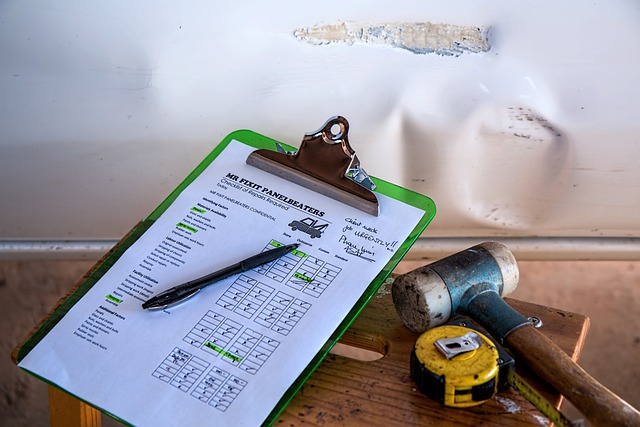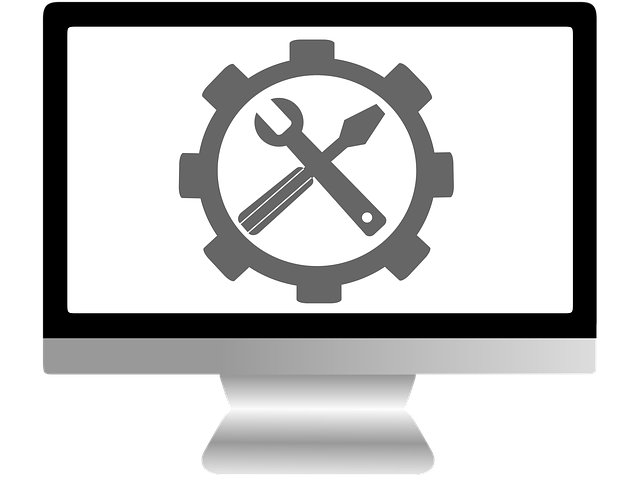Sewer backups caused by blockages lead to disruptions, unsanitary conditions, and potential property damage. Early signs like rotten egg odors, slow drainage, and basement flooding require immediate sewer repair. Safety precautions include protective gear, ventilation, and avoiding direct contact with sewage. Professionals use methods like hydraulic jetting and video inspection for targeted repairs. Modern technology offers efficient solutions like high-pressure water jetting and advanced camera systems. Preventive measures such as routine inspections, proper waste disposal, and root-resistant pipes minimize future backups. Regular maintenance by professionals ensures system longevity and efficiency. Case studies highlight successful sewer repair techniques tailored to specific issues. Adhering to local regulations for public health and safety is crucial.
Sewer backups can cause severe damage, disrupting homes and communities. Understanding the causes, such as clogs, tree roots, or structural failures, is crucial for effective prevention. Recognizing signs like slow drains or foul odors early on is key to minimizing impacts. This article explores comprehensive sewer backup repairs, from safety measures to modern technology, offering practical insights for homeowners and professionals alike. Discover proven strategies for maintenance, successful case studies, and local guidelines to empower you in addressing this common issue, ensuring a smoother, safer experience with sewer repair.
Understanding Sewer Backups: Causes and Effects

Sewer backups are a common household nuisance, causing disruptions and potential damage. Understanding the causes is the first step in preventing and addressing these issues effectively. Blockages in sewer lines can result from various factors such as tree roots infiltrating pipes, grease buildup from kitchen waste, or foreign objects like wipes and sanitary products mistakenly flushed down the toilet. These obstructions hinder water flow, leading to a surge in pressure that eventually backs up into homes or buildings.
The effects of sewer backups are multifaceted, affecting both properties and the environment. In homes, it can cause foul odors, unsanitary conditions, and potential damage to floors, walls, and possessions. Moreover, sewage contamination poses significant health risks, including the spread of diseases and bacteria. Prompt action is crucial in mitigating these issues; immediate sewer repair or restoration services can help prevent further damage and restore normalcy to affected areas.
Identifying Signs of a Sewer Backup Problem

If you suspect a sewer backup problem, it’s crucial to recognize the signs early on. One of the most obvious indicators is a distinct sewer odor coming from drains or toilets. This pungent smell is often described as similar to rotten eggs and can signal a blockage or overflow in the sewer lines.
Another telltale sign is slow-moving or stopped drainage in sinks, showers, or toilets. If water is draining unusually slowly or not at all, it could indicate a clog or backup further down the line. Additionally, backing up water may lead to flooding in your basement or other low-lying areas, causing potential damage to your property and requiring immediate sewer repair attention.
Safety Precautions When Dealing with Sewer Backups

When dealing with sewer backups, safety should always be the top priority. These situations often involve hazardous materials like raw sewage, which can carry harmful bacteria and viruses. Therefore, it’s crucial to wear protective gear such as gloves, masks, and boots before attempting any sewer repair. Ensure proper ventilation in the affected area, and consider using a well-ventilated work space or moving operations outdoors.
Avoid direct contact with sewage and be cautious when navigating through flooded areas. Keep children and pets away from the backup site. Remember to turn off electricity at the main circuit breaker if there’s water present to prevent electrocution risks. Following these safety precautions will not only protect your health but also help you effectively address the sewer repair process without additional hazards.
Common Methods for Sewer Backup Repairs

When it comes to sewer backup repairs, several common methods are employed by professionals to address this urgent issue effectively. One traditional approach involves using hydraulic jetting, where high-pressure water is directed through the affected pipes to clear obstructions like tree roots or built-up debris. This method not only removes clogs but also washes away any loose material, ensuring a thorough cleaning of the sewer lines.
Another widely used technique is video inspection, which employs advanced camera equipment to visually inspect the interior of sewer lines. This allows for accurate identification of damage, blockages, or cracks in the pipes. Once identified, repairs can be targeted specifically, whether it’s repairing or replacing damaged sections, installing new piping, or addressing root intrusions. These methods ensure efficient and effective sewer repair solutions.
Modern Technology in Sewer Restoration

Modern technology has significantly enhanced the field of sewer restoration, offering more efficient and effective solutions for sewer backup repairs. One notable advancement is the use of high-pressure water jetting systems, which can clear obstructions and clean pipes with remarkable precision. These machines blast powerful streams of water to remove roots, grease, and other debris, ensuring optimal drainage. Additionally, advanced camera inspection systems allow professionals to visually inspect sewer lines without excavation, pinpointing issues accurately.
Another game-changer is the implementation of innovative repair methods like relining and rehabilitation techniques. Relining involves inserting a new pipe within the old one, strengthening the existing structure and preventing future collapses. This method minimizes excavation, reducing construction disruptions. Moreover, modern materials used in these processes are lightweight, durable, and flexible, making installation easier and prolonging the lifespan of repairs. These technological innovations have revolutionized sewer repair, making it faster, more precise, and environmentally friendly.
Preventing Future Sewer Backup Disasters

Preventing future sewer backup disasters starts with proactive measures and regular maintenance. One key step is to schedule routine inspections to identify potential issues before they become severe. Homeowners should also take care not to flush non-biodegradable materials down the drain, such as grease, chemicals, or sanitary products, which can clog pipes and lead to backups. Installing trap primers or backflow prevention devices can further mitigate risks by stopping contaminants from entering the sewer system.
Additionally, updating old plumbing systems and fixing any leaks promptly is crucial. Tree roots often cause blockages in older pipes, so regular checks for root intrusions are recommended. Property owners should also consider using root-resistant pipe materials when making repairs or replacements to avoid future infestations. These proactive steps, combined with timely sewer repair, can significantly reduce the likelihood of sewer backup disasters.
The Role of Regular Maintenance in Sewer Systems

Regular maintenance plays a pivotal role in ensuring the smooth operation and longevity of sewer systems. It involves routine inspections, cleaning, and repairs to prevent blockages and failures before they occur. By scheduling regular maintenance checks, professionals can identify potential issues such as tree root infiltrations, pipe corrosion, or debris buildup, which are common causes of sewer backups.
Proactive maintenance not only saves costs in the long run but also minimizes disruptions to households and businesses. It helps maintain the efficiency of the entire sewer system, ensuring proper waste water flow and treatment. Regular upkeep is a game-changer when it comes to sewer repair, as it can prevent costly emergency repairs and health hazards associated with sewage backups.
Case Studies: Successful Sewer Backup Repair Stories

Successful sewer backup repair stories offer valuable insights into effective solutions and best practices for homeowners and professionals alike. Case studies from diverse locations reveal common challenges, innovative techniques, and remarkable outcomes. In one instance, a residential neighborhood faced chronic sewer backups due to an aging pipeline network. A specialized contractor implemented a comprehensive inspection using advanced camera technology to map the entire system. This detailed analysis enabled them to pinpoint weak spots and plan precise repairs, eliminating the recurring issue within weeks.
Another compelling story highlights the restoration of a commercial building’s sewer lines after a catastrophic backup event. The team employed cutting-edge hydro-jetting techniques to clear obstructions and restore flow. Additionally, they utilized high-pressure water cleaning to remove accumulated debris and prevent future clogs. This multi-faceted approach resulted in a fully functional sewer system, underscoring the importance of tailored solutions for effective sewer repair.
Local Regulations and Guidelines for Sewer Backup Management

In many regions, managing sewer backups is governed by strict local regulations and guidelines designed to ensure public health and safety. These rules often dictate the procedures for handling and reporting sewer overflows, as well as the responsibilities of property owners and service providers in mitigating these incidents. Understanding and adhering to these regulations are crucial aspects of effective sewer repair. For instance, some municipalities require immediate notification of backup incidents to local authorities, while others mandate specific cleaning and disinfection protocols post-repair.
Local guidelines may also outline the standards for equipment and material usage during sewer backup repairs, emphasizing the need for environmentally friendly and non-toxic solutions. Property owners should be aware that these regulations can vary significantly from one area to another, so consulting with local authorities or professional sewer repair services is essential to ensure compliance. This proactive approach not only facilitates smoother repairs but also fosters a more sustainable and safe community environment.
